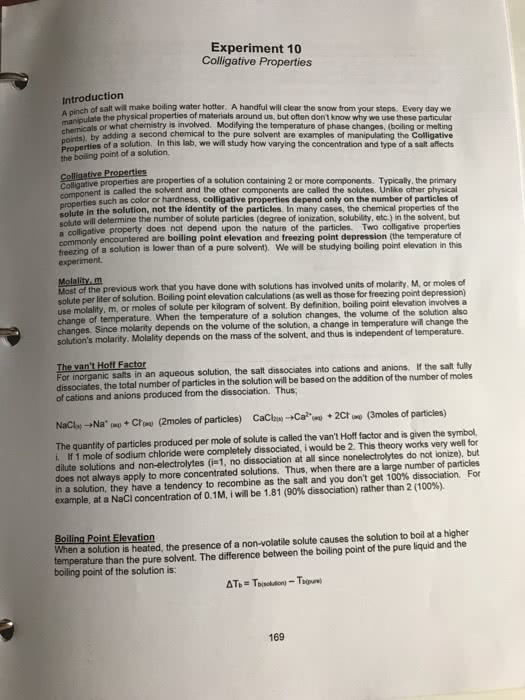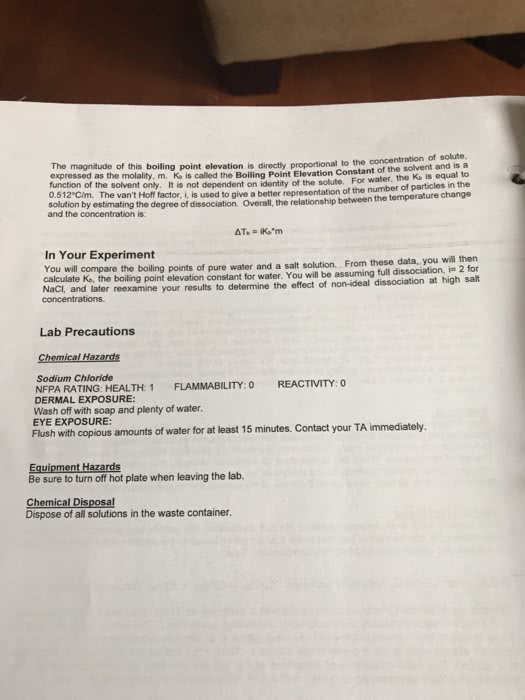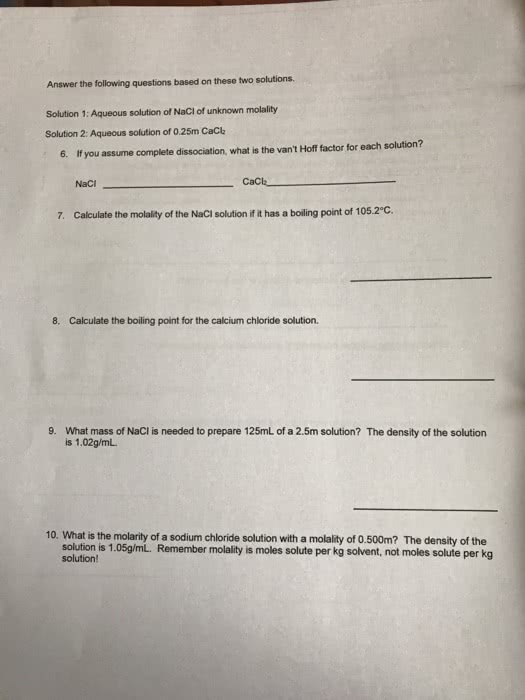CHE-152 Lecture 1: Week of 8/29
Document Summary
Intensive vs extensive properties: intensive means that the property does not change based on how much of the substance you have. The boiling point of water remains at 100 degrees c whether you have 100ml or 100l of water. Other examples include color, hardness, pressure, and density: extensive means the property changes when the size of the sample changes. Pure substance vs mixed substance: pure substances are made up of one element, such as a solid gold ring, mixed substances are made up of more than one element, such as a brass ring. Mixtures: homogeneous vs heterogeneous: homogeneous mixtures are uniform throughout. An example is a teaspoon of salt dissolved in a cup of water. Any amount of the mixture removed will have the same ratio of water to salt: heterogeneous mixtures are not uniform throughout. An example is table salt mixed with pepper.




